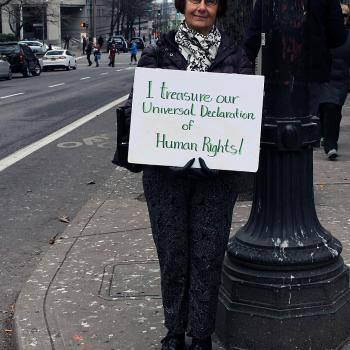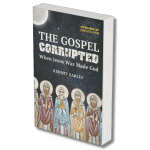Corruption has gone too far. The righteous must break away. Hope now rests with a holy remnant that will honor foundational texts.
The message sounds familiar. A church schism? No, mounting calls for secession from the United States.
Since President Obama won re-election, more than 750,000 Americans have petitioned the White House website to let their respective states secede, from Alaska to Iowa to Maryland and Vermont. Those leading the charge are framing it, observers say, in terms that suggest a deep-seated religious impulse for purity-through-separation is flaring up once again.
But this time, it’s playing out on a political stage.
“Today’s secessionist movements are just the latest example of a long parade of breakaway groups (in American history) seeking to restore some lost ideal,” said Peter J. Thuesen, professor of religious studies at Indiana University-Purdue University Indianapolis. “The problem is that the ideal is invariably a mirage.”
Seeking purity through separation has marked American religious history since the Puritans sailed from Holland to establish a holy beacon in the New World. It helps explain why Baptists, Presbyterians and others have splintered into countless subgroups over the years, and why the Episcopal Diocese of South Carolina disaffiliated from the Episcopal Church this fall.
The pattern commonly involves one group breaking off to re-establish a holy community by living in fresh accord with sacred texts. Religious purists have the Bible to guide their quest; secessionists look to the Constitution and Declaration of Independence. Both insist these centers of authority have suffered neglect and must be restored.
Read the rest here















